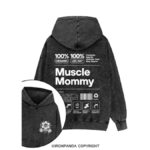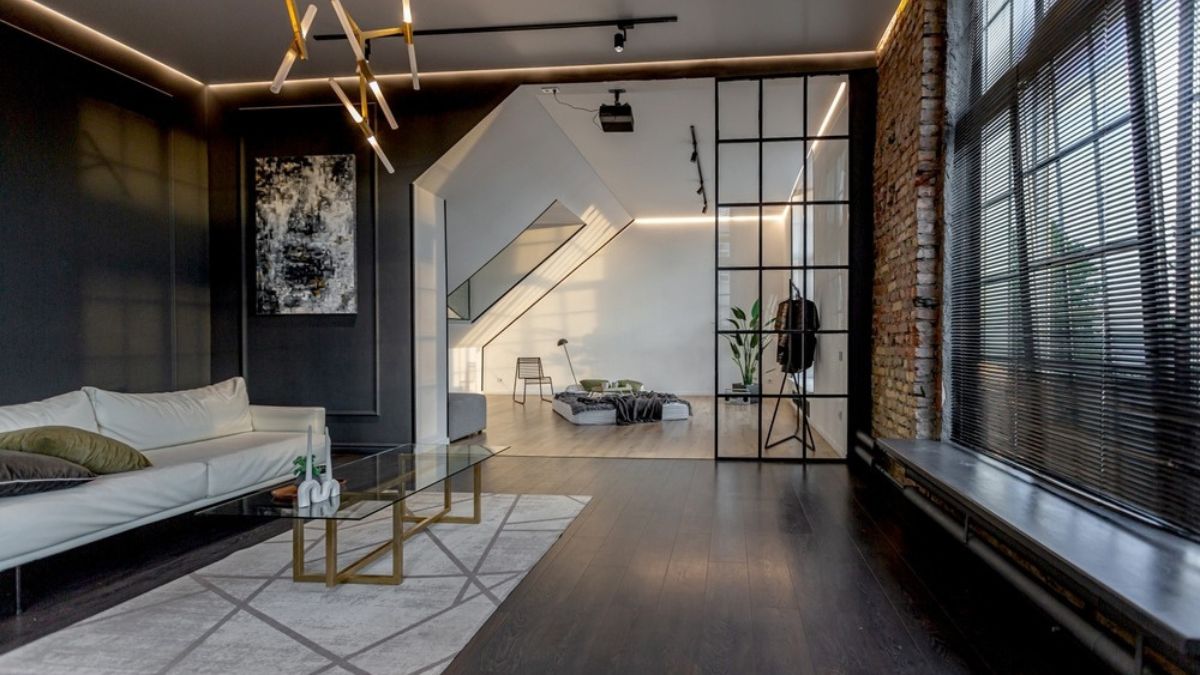Once confined to artists’ lofts and converted warehouses, industrial chic has made its way into everyday homes, cafés, officesand even high-end boutiques. Characterized by exposed pipes, raw materialsand the embrace of metal, woodand concrete, industrial chic blurs the line between function and form. But how did a look inspired by abandoned factories and utilitarian spaces become one of the most desirable aesthetics in modern interior design?
The Origins of Industrial Design
Industrial design traces its roots back to the 1960s and 70s, when artists in cities like New York and London began moving into empty warehouses and factory buildings. These structures, often located in underdeveloped neighborhoods, provided large, open spaces with high ceilings, natural lightand affordable rent. Over time, the aesthetic of these spaces, with exposed brick walls, visible ductworkand structural beams, was seen as a design statement. Or, in many ways, an absence of a design statement.
This utilitarian look soon caught on in other creative circles. Designers, architectsand homeowners began to incorporate industrial elements into residential projects, not out of necessity, but out of admiration for the raw beauty of these materials.
From Function to Feature
The key appeal of industrial chic is how it turns functional components into focal points. Pipes that would typically be hidden are painted matte black or brushed steel and left in full view. Electrical conduits and HVAC ducts run openly along ceilings. Instead of drywall, designers preserve or recreate the texture of original concrete or brick walls. It’s a style that elevates honesty in construction, so that every bolt, weldand imperfection becomes part of the design.
Hardware and fixtures also play a pivotal role in the aesthetic. Metal shelving units, Edison bulb lightingand visible support systems offer both structure and visual interest. In custom furniture or open shelving, materials like threaded rods are often used. This is not just for their practicality but for their rugged, mechanical appearance. Originally engineered for heavy-duty construction, these rods provide a striking contrast when repurposed in sleek living rooms or modern kitchens.
Minimalism with Muscle
At its core, industrial chic appeals to a desire for simplicity. It embraces minimalism without softness, offering a more grounded and tactile interpretation of contemporary design. Furniture is often low-profile but built from hefty materials like iron, reclaimed woodand untreated steel. The color palette skews toward grays, blacksand earth tones, accented by natural textures and warm lighting.
This aesthetic has grown particularly popular in urban environments where space is limited and every design choice must serve a dual purpose. Industrial furnishings often double as storage or support systemsand the open-plan nature of the design helps maximize perceived space. It’s practical minimalism—clean, deliberate, but never sterile.

The DIY Appeal
One of the reasons industrial chic continues to thrive is its compatibility with do-it-yourself culture. Unlike some design styles that rely heavily on high-end finishes or expensive decor, industrial interiors can be pieced together with reclaimed materials, secondhand findsand simple construction skills.
This trend has opened the door for many homeowners and renters to try their hand at custom projects, from coffee tables built with salvaged wood and threaded rods to pipe-and-flange bookshelves. The imperfections of handmade pieces are not only accepted but celebrated, adding to the lived-in feel that defines the style.
Despite its hard edges and utilitarian roots, industrial chic doesn’t have to feel cold or impersonal. Designers often incorporate soft textiles, greenery and curated art to bring warmth and personality to the space. The rawness of metal and concrete is softened by plush rugs, leather cushions and natural light. It’s this balance that keeps the aesthetic from veering into overly masculine or impersonal territory.
A Style Built to Last
As interior trends come and go, industrial chic shows no signs of disappearing. Its foundation in honest materials, practical designand creative adaptability has given it staying power in a world saturated with fast furniture and fleeting fads. Whether you’re renovating a loft, designing a home office, or simply looking to add a few bold elements to your space, the industrial aesthetic offers timeless inspiration.










